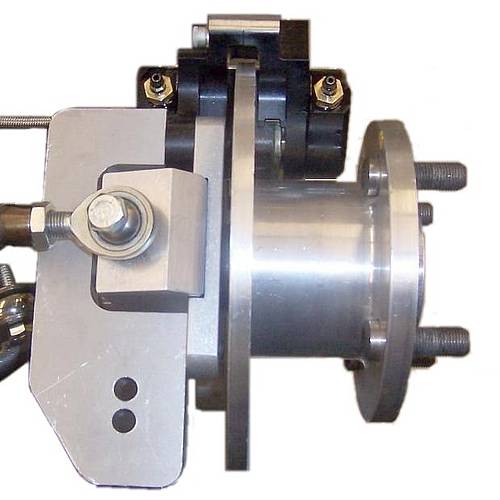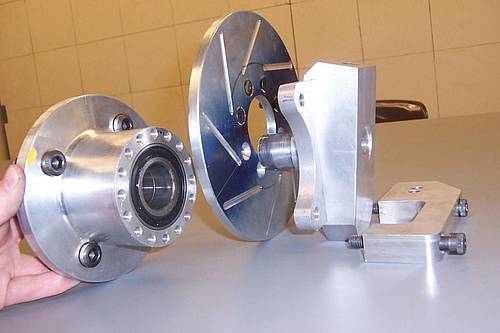Hello again,
There seems to be a Formula Student or FS event every month these days, and as I write this column the Brazilian event is being run and the Australian event just over a month away. Best wishes to all contestants.
A special congratulation to Graz who followed up an excellent result in the UK with wins in both the pilot German event and the Italian event last month.
There had been a certain "sameness" developing in the US competition and, to a lesser extent, the Formula Student in the UK. One positive thing I see in the new events is a fresh design ethic emerging. This can only be a good thing.
As I mentioned in my Tech Column this month, I will write about tyres next month. Tyres are the most important decision you make in your design, and should be one of the very first decisions made. I touched on this last month, and teams would be well advised to reread that part.
Okay, time for this months Design Error. I want you to look at these pictures and see how many design errors you can see. The assembly looks quite good on first view, but a closer look shows many errors.


Okay, where do I start?
- The rod ends are loaded in bending. (See last months column)
- They are in single shear.
- The upper outer hex bolts are threaded into the upright with no positive locking.
- There is no washer under the hex bolt head to stop the rod end body coming over the bolt head in the event of a failure.
- The steering arm is mounted with hex head bolts threaded into the upright with no positive locking.
- The caliper mounting plate is sandwiched between the upright and the steering arm.
- It appears that the brake torque is fed to the upright by having the upright recessed into the caliper mount
- The caliper is also retained by the front steering arm bolt.
- The brake rotor is attached to the hub by use of countersunk hex head bolts with no positive locking.
- The assembly restricts access to these bolts so they cannot be checked for tightness.
- The very short stub axle shows that the distance between the hub bearings is insufficient.
There may be more (Stress raisers on the edge of the caliper plate recess?) Feel free to find more for me please.
So, what looked okay at first glance was actually a disaster looking for a place to happen. I can promise you that if I see anything like this in Hockenheim next year, I will personally kick the butt of whoever is responsible (Or delegate someone else to do it if the designer is bigger than me) 
Remember, I am still available to answer design questions from teams on fsaetech(at)ozemail.com.au or clarke(at)formulastudent.de
Until I see you again next month,
Good luck in your designing



